As I’m sure you know, logo designs for any particular business are a crucial component of their brand identity, as well as a long lasting commitment. As your business grows and becomes recognizable, your logo will go on to represent what and who your business is.
The importance of a given logo lies in its function to symbolize, differentiate between and identify different brands. In this article, we’re going to be diving into some of the most iconic logo designs of all time, and what exactly it is that makes them effective.
Most Iconic Logo Designs of All Time
Starbucks
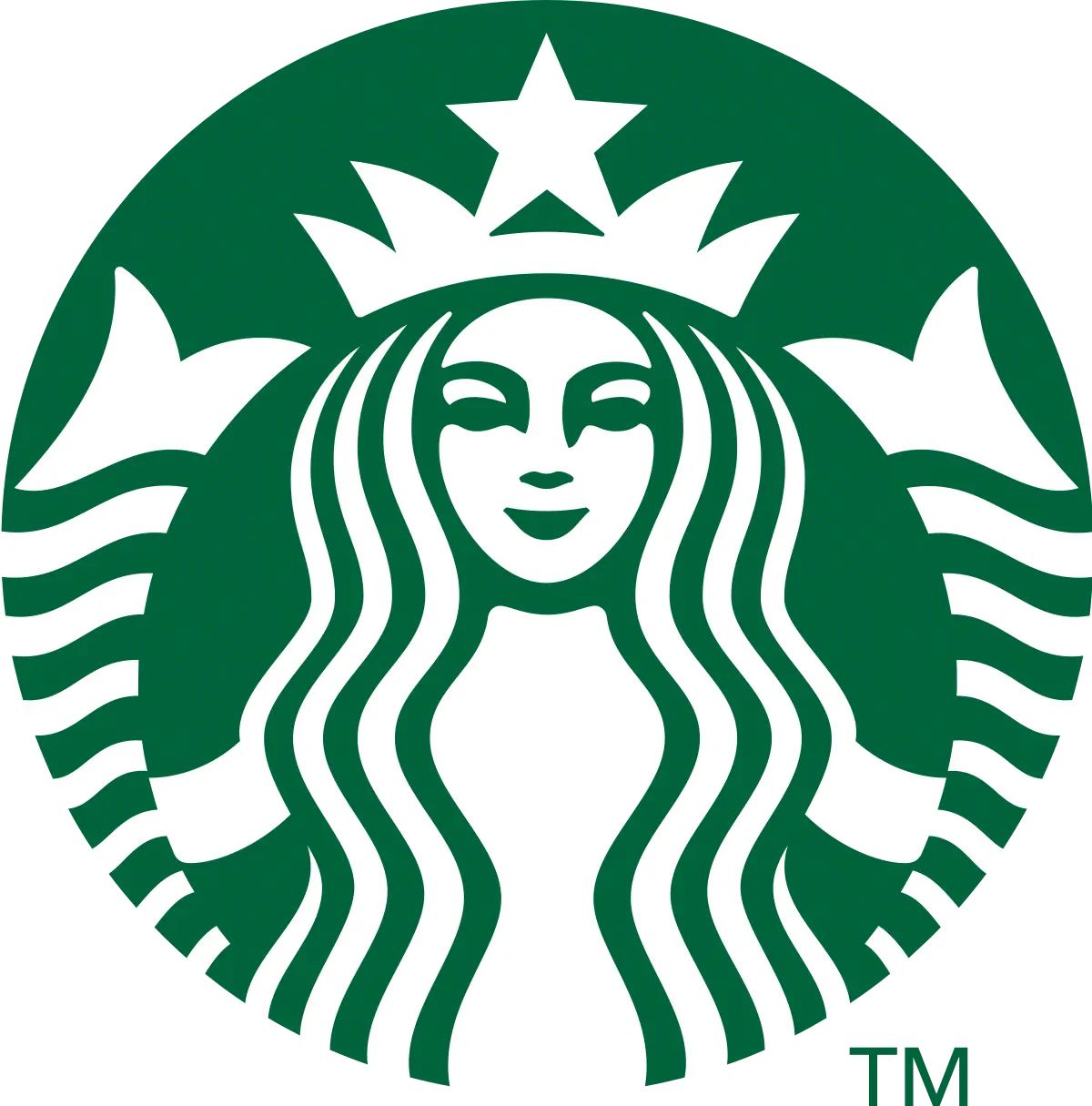
The Starbucks siren has been around since 1971 and has been slowly morphing into the logo we know today. What started as a small coffeeshop in Seattle has now morphed into a company that is known around the globe, instantly recognizable by the iconic green mermaid logo.
This unexpected pairing of marine folklore and coffee is perhaps what gives Starbucks it’s ‘stand-out’ effect within the market. The most recent change to the logo was to remove the words ‘Starbucks Coffee’ and bring the mermaid icon into front and center.
McDonalds
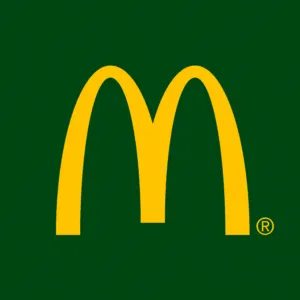
What started in 1940 as a barbeque diner went on to become the largest fast food chain on the planet. The famous golden arches mark the sign of this international business, however it has in fact changed over the years.
The well-known ‘Hamburglar’ and Ronald McDonald of the late 90s and early 2000s are no more, with McDonalds taking on a more eco-conscious ethos to both the business and the logo design itself.
Within Europe, the red and yellow colour scheme is no more, with the red now replaced by a forest green. Like Starbucks, McDonalds opted to remove the wordmark and leave the symbol M to stand on its own. Although logo design in the early stages of a brand or business is important, it’s also good to remember that things change, the social climate shifts and you will likely have to adapt accordingly to those changes.
Coca-Cola
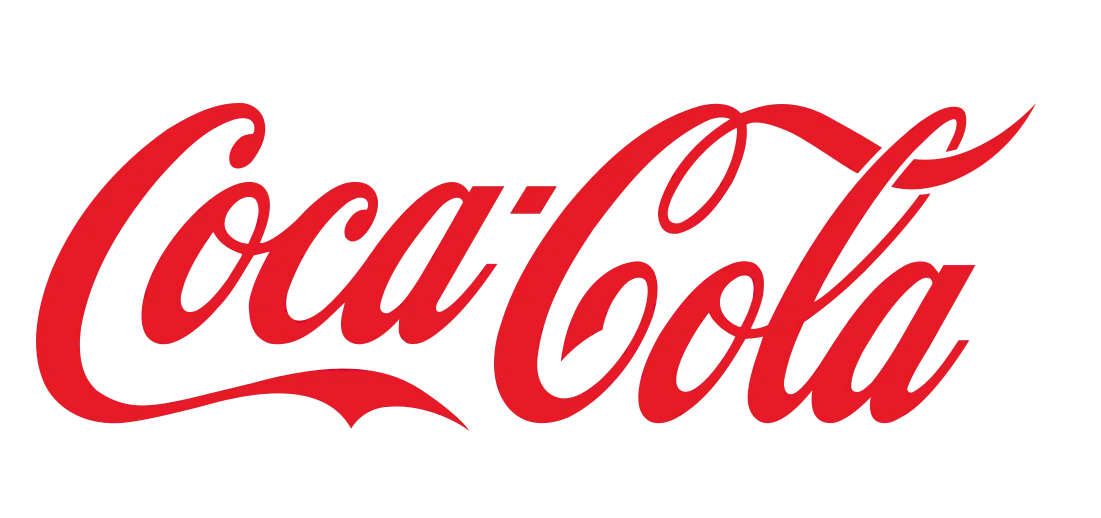
The legendary Coca-Cola cursive logo was designed by Frank M. Robinson in 1880, which would go on to define the brand for the next century. Unlike the previously mentioned logos, the Coca-Cola logo was built over time.
The main idea behind the brand was happiness, which they have consistently maintained over the years, with minimal changes to the logo other than script font tweaks. Sticking to its roots, Coca-Cola did not abandon its original cursive font, which a lot of current brands were beginning to do. This decision was inevitably a good one as it remains one of the most well recognized logos around.
Apple

The Apple logo has undergone tremendous changes over the years, with its first logo depicting an old fashioned print engraving. This was then changed in 1977 by graphic designer Rob Janoff to the rainbow striped logo.
This was perhaps the first time that the business itself was aligned with its logo – and it was receiving great positive attention from the public. The early 1990s marked the further simplification of the logo we know today, the unmistakable bitten apple.
Mercedes
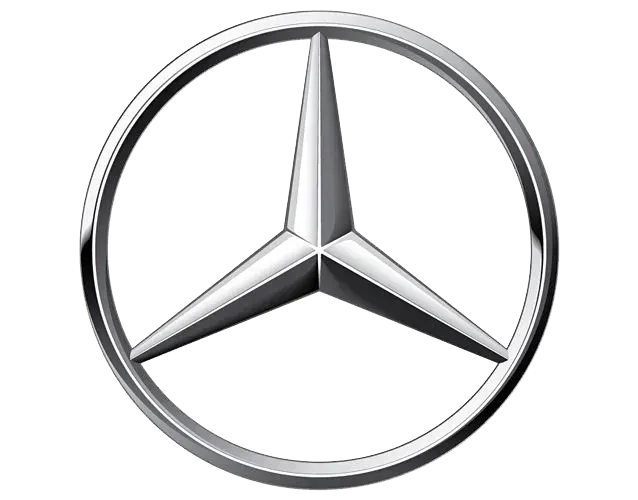
The timeless Mercedes design made its first appearance in 1909, and has since become one of the most recognizable car logo designs of all time. The three pointed star is symbolic of a star that the founder drew on a postcard as a way to bring prosperity and growth over his business.
The star was then aligned with land, sea and air – the three arms of the Mercedes legacy. Now, the minimalist, geometric logo trend has become increasingly popular, with brands like converse and Lexus hopping on the trend too.
Nike
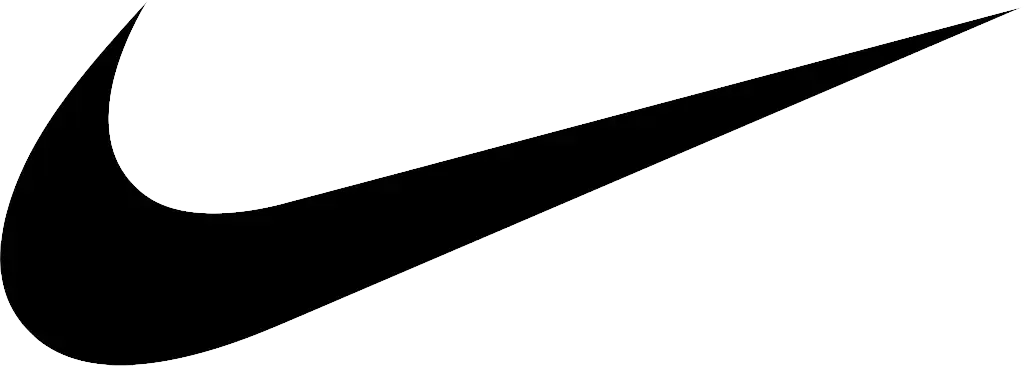
The well-known Nike ‘swoosh’ was first designed in 1971 by designer Carolyn Davidson who was a student at the time. She charged a mere $35 dollars for the design but was later credited in Nike shares when it went public. The simplicity of the logo design is what holds most of its appeal, but its symbolism is in fact much deeper. Davidson spent 17 hours deciphering how to depict motion on a shoe, and so the ‘swoosh’ was born. In 1995, like Starbucks and McDonalds, Nike dropped the ‘Nike’ wordmark and kept the symbol alone.
Chanel

The double C logo that has become the widespread symbol of fashion, stemmed from Coco Chanel’s love of minimalism. The unmistakable a CC initials is often seen on bags, clothing, sunglasses, shoes, belts and jewellery to name a few.
The symbol itself was designed in 1935, and was inspired by decorative windows at the Chateau de Cremat in Nice.
The symbol would later become a sign of wealth and the upper-class. Over time, the monogram logo became an increasingly popular choice for new brands and businesses.

The original sketch of the iconic Google logo was first created by one of its founders in 1988. Ten years later the company was founded, the logo was polished up and the exclamation mark that was originally included was removed.
This first rendition was used for a total of 11 years and was changed again in 2010. The O in Google was changed to an orange colour and more shading was added to create the Google logo we know and love today.
World Wildlife Fund (WWF)

Known worldwide, the WWF panda is a highly influential example of a negative space logo. The logo itself is inspired by a panda named Chi Chi, who lived at the London Zoo when this non-profit organization was founded.
Over the years, the design has been altered slightly but it still very clearly resembles the original version. In 1986, the design of the logo transitioned from a simple line drawing of a panda to the now famous negative space representation.
This stylistic choice pushed WWF into the public eye, as it now had a sophisticated, modern look and feel.
Windows

Taking off in the 90s, the Windows logo made its first appearance in 1992 as a colourful depiction of a window.
This design may have been inspired by the colourful logo of Apple that was released around the same time and was a tremendous success.
As time went on, the logo underwent a number of changes however, the four quadrant window remained.













0 Comments